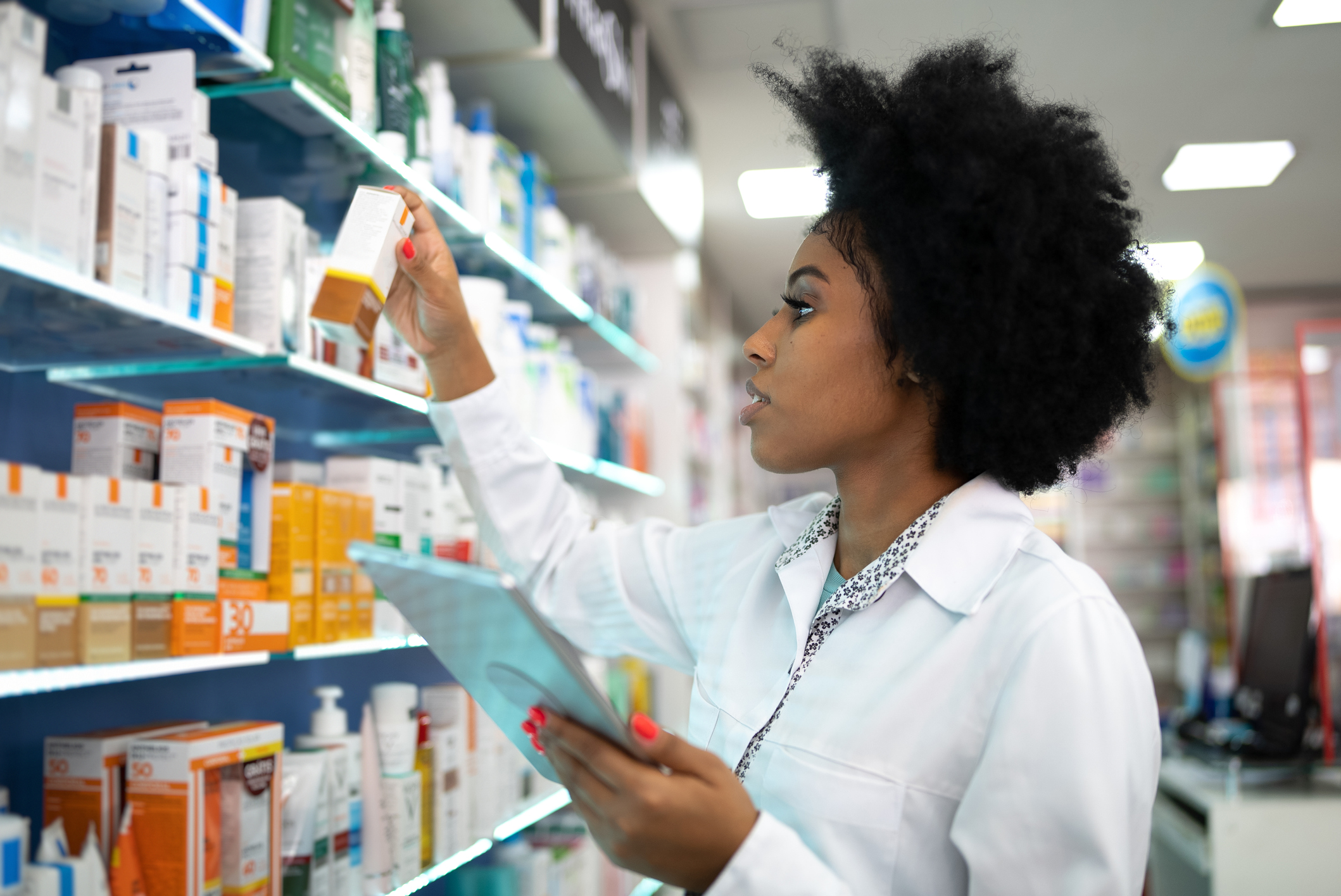
Future-Proof Your Pharmacy for a Potential Recession
Optimizing operations is the key to finding cost-cutting efficiencies and adjusting to new consumer spending habits.

written by George Lazenby
Optimizing operations is the key to finding cost-cutting efficiencies and adjusting to new consumer spending habits.
If there’s a recession in 2023, is your pharmacy ready?
With consumers tightening their belts, and the new year upon us, now is the time for pharmacy leaders to examine implications of the impending recession and prepare.
If the best way to predict the future is to study the past, let’s use pharmacy spending during the COVID-19 pandemic as a possible indicator for what’s to come.
Unemployment reached double digits in mid-2020. In 2020, nearly 400 million fewer prescriptions were filled at retail pharmacies than in an average year. Distilling the data down further, consumers identified as having lost their job – rendering them uninsured – filled 2.6 fewer prescriptions.
Regardless of our job security, when a recession looms, it’s instinctual to take a microscope to our personal finances to determine where we can cut back. Knowing that the average American spends roughly $1,300 on prescription drugs annually, it’s wise to assume that consumer behavior at the pharmacy will change over the coming year. This may look like:
Higher utilization of couponing and discount programs – Despite a 2021 study published by the Journal of the American Medical Association which found that consumers use manufacturer coupons for less than one in five pharmacy purchases, those looking to lower their out-of-pocket costs will proactively search for drug discounts, meaning pharmacies should embrace promotions that give consumers the most bang for their buck to help retain loyal customers and attract new ones.
Heightened demand for generic drugs – With the average cost of a generic drug up to 85% less than its brand name counterpart, generics save consumers a staggering nearly $10 billion at retail pharmacies each year. Consumers seeking to cut spending will be empowered to inquire with prescribing physicians and pharmacists about cheaper, generic alternatives. For pharmacists, this means staying on top of the drug supply chain and forecasting accurately to meet demand.
An increase in private label products – Major national chains including Walmart, Target and Costco white label products, and it’s proving to pay off for the retailers and its consumers alike.
A report from the Food Industry Association published earlier this year revealed that 41% of shoppers said they purchased more store brands post-pandemic, with 55% citing price as their primary reason for choosing store over brand name goods. Beyond prescription drugs, consumers will be looking for ways to save across categories, including for everyday household goods. In response, pharmacies of all sizes should aim to meet demand by stocking shelves with private label products.
While it’s an important part of the process in preparing for what’s to come, anticipating changes in consumer behavior and enhancing the customer experience to gain and maintain loyalty and preference is only part of the equation. Ensuring your pharmacy weathers the imminent recession requires an actionable strategy that begins with back-of-the-house operations.
One OrderInsite customer lowered its inventories between $30,000 and $150,000 per store. Its increase in in-stock levels grew customer satisfaction.
Future-proofing your pharmacy begins with modernizing it, and evaluating holes in your tech stack as well as the effectiveness and ability of existing technology to save costs is the first step. OrderInsite offers an end-to-end pharmacy tech solution that:
Automates workflow – allowing staff to spend less time on administrative tasks to focus on customer-facing interactions
Decreases unbuyables and increases cash flow – accurately forecasting demand to set appropriate inventory levels and identify slow-moving inventory for transfer frees up cash. One OrderInsite customer lowered its inventories between $30,000 and $150,000 per store. Its increase in in-stock levels grew customer satisfaction.
Lowers overall operating costs – OrderInsite’s technology saves pharmacy labor, too. OrderInsite partner ScriptDrop, a medication delivery service, decreased administrative costs for its customer, Denver Health, by 50% and fewer returns to stock.
To prepare for a possible recession, examining current finances and identifying areas where spending can be reduced is critical – for consumers and business operators alike.
Thankfully, for pharmacy leaders, a one-stop-shop tool exists that can prepare you for – and guide you through – uncertain financial times. To understand how we can help maintain profit margins despite the fluctuating economy, request a demo of our tech.

The pandemic shone light on the burdens pharmacists’ face, but if we zoom out, we can understand how COVID was just a milestone on a more than 30-year timeline of industry evolution characterized by historic M&A.
With mounting challenges stacked on top of pharmacists who are already under water, how do we bring the profession back from the precipice? Technology to manage, monitor and master prescription drug inventory.
In looking at parallels between COVID-19 and opioid abuse, two of the country’s most prominent public health emergencies in the last decade, there is a stark and alarming difference in the role data has played in how each crisis has unfolded and been addressed.